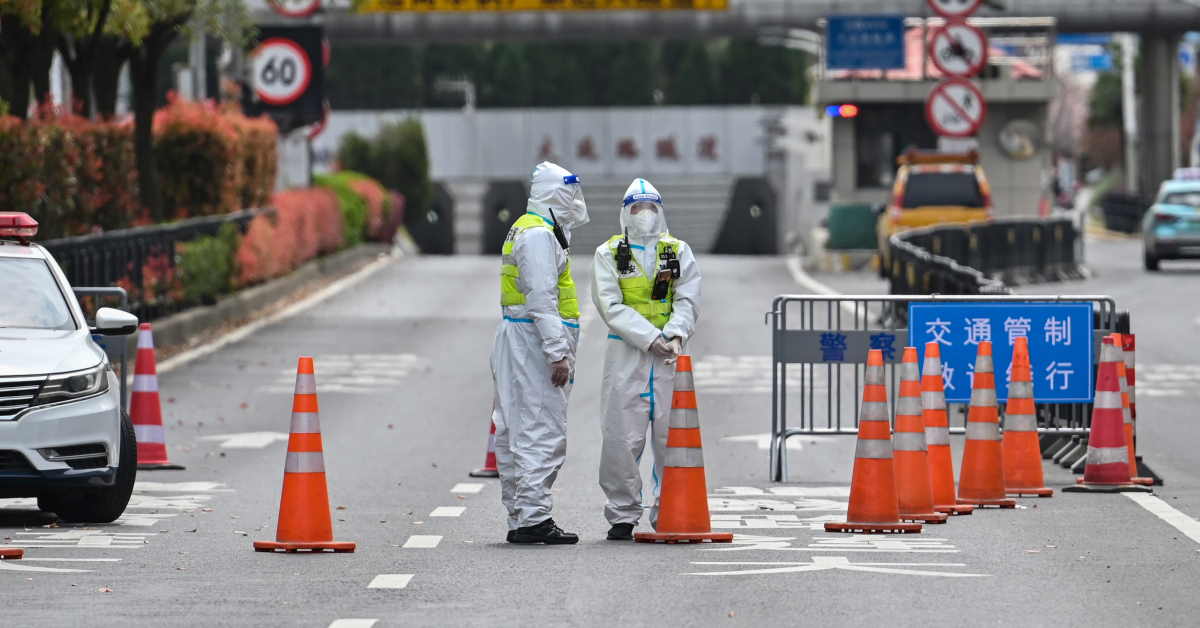BA.2, a sub-variant of the Omicron coronavirus variant, has now become dominant globally, representing nearly 86 percent of all sequenced cases, according to the World Health Organization (WHO).
First detected in the early days of January, the sub-variant is even more transmissible than its highly contagious Omicron siblings, BA.1 and BA.1.1. Here’s what we know about BA.2, often referred to as the “stealth variant”.
Why Is It Called The ‘Stealth Variant’?
That’s because BA.2 is slightly harder to track.
A missing gene in BA.1 allowed it to be tracked by default through a common PCR test. BA.2 and another sibling, BA.3 – also increasing in prevalence but currently at low levels – can only be found by genomic sequencing.
Even though BA.2 is more infectious than other Omicron sub-variants, according to studies, evidence suggests so far that it is not more likely to cause severe disease.
Are Vaccines Effective Against BA.2?
As with the other Omicron variants, vaccines are less effective against BA.2 than they are against other variants like Alpha or the original strain of coronavirus, and protection declines over time.
However, according to United Kingdom (UK) Health Security Agency data, protection is restored by a booster jab, particularly for preventing hospitalisation and death.
Can You Catch BA.2 If You Already Had BA.1?
A key concern about BA.2 was whether it could re-infect people who had already had BA.1, particularly as a number of countries seemed to be experiencing “double peaks” in infection rates surprisingly close together.
But data from the UK and Denmark shows that while Omicron can reinfect people who had other variants, such as Delta, only a handful of BA.2 reinfections in people who had BA.1 have been found so far among tens of thousands of cases. Scientists say a possible explanation for the recent rise in BA.2 could be that many countries have lifted public health interventions.
“In some ways, it could just be that BA.2 was the variant that was circulating when all these people stopped wearing masks,” said Dr Andrew Pekosz, a virologist at the Johns Hopkins Bloomberg School of Public Health.
Eric Topol, director of the Scripps Research Translational Institute, said it was “a little too early” to call whether the United States (US) too would see a significant BA.2 wave.
But whatever the reason for BA.2’s rise, scientists say it is a reminder that the virus continues to cause harm, particularly among unvaccinated, under-vaccinated and vulnerable populations.
“It is still a huge public health problem and it is going to continue to be,” said Mark Woolhouse, an epidemiologist at the University of Edinburgh.
Growth Advantage
The BA.2 subtype of the Omicron coronavirus variant appears to have a substantial growth advantage over the currently predominant BA.1 type, the UK’s Health Security Agency has said.
UKHSA said on Friday there was an increased growth rate of BA.2 compared with BA.1 in all regions of England where there were enough cases to compare them, and that “the apparent growth advantage is currently substantial”. “We now know that BA.2 has an increased growth rate which can be seen in all regions in England,” said Dr Susan Hopkins, Chief Medical Advisor for the UKHSA.
The agency said there was no data on the severity of BA.2 compared with BA.1, but reiterated that a preliminary assessment did not find a difference in vaccine effectiveness against symptomatic disease between the two Omicron subtypes.
The rapid spread of BA.1 fuelled an Omicron wave which pushed daily infections to record highs in the UK in December, displacing the previously dominant Delta variant.
However, hospitalisations did not rise at the same rate, owing to population immunity through vaccination and previous infection, as well as Omicron’s lower severity.
The UKHSA said that a separate analysis showed that between 24 November and 19 January, the majority of intensive care admissions from COVID-19 had Delta infections, even as Omicron was starting to dominate the number of cases.
It also found that a rise in cases of Omicron in care homes had not been associated with an increase in hospital admissions.
“Our findings suggest the current wave of Omicron infections is unlikely to lead to a major surge in severe disease in care home populations with high levels of vaccine coverage and/or natural immunity,” UKHSA said, noting that the findings were based on BA.1 due to limited numbers of BA.2 cases in the study.
